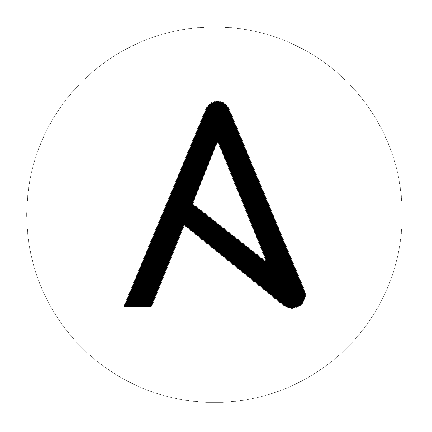
New in version 2.4.
- python >= 2.7
- azure >= 2.0.0
| parameter | required | default | choices | comments |
|---|---|---|---|---|
| ad_user |
no |
Active Directory username. Use when authenticating with an Active Directory user rather than service principal.
|
||
| client_id |
no |
Azure client ID. Use when authenticating with a Service Principal.
|
||
| cloud_environment |
no | AzureCloud |
For cloud environments other than the US public cloud, the environment name (as defined by Azure Python SDK, eg,
AzureChinaCloud, AzureUSGovernment), or a metadata discovery endpoint URL (required for Azure Stack). Can also be set via credential file profile or the AZURE_CLOUD_ENVIRONMENT environment variable. |
|
| name |
yes |
Name of the Azure Function App
|
||
| password |
no |
Active Directory user password. Use when authenticating with an Active Directory user rather than service principal.
|
||
| profile |
no |
Security profile found in ~/.azure/credentials file.
|
||
| resource_group |
yes |
Name of resource group
|
||
| secret |
no |
Azure client secret. Use when authenticating with a Service Principal.
|
||
| state |
no | present |
|
Assert the state of the Function App. Use 'present' to create or update a Function App and 'absent' to delete.
|
| subscription_id |
no |
Your Azure subscription Id.
|
||
| tenant |
no |
Azure tenant ID. Use when authenticating with a Service Principal.
|
- name: create function app azure_rm_functionapp: resource_group: ansible-rg name: myfunctionapp - name: create a function app with app settings azure_rm_functionapp: resource_group: ansible-rg name: myfunctionapp app_settings: setting1: value1 setting2: value2 - name: delete a function app azure_rm_functionapp: name: myfunctionapp state: absent
Common return values are documented here Return Values, the following are the fields unique to this module:
| name | description | returned | type | sample |
|---|---|---|---|---|
| state |
Current state of the Azure Function App
|
success | dict |
Note
This module is flagged as preview which means that it is not guaranteed to have a backwards compatible interface.
For help in developing on modules, should you be so inclined, please read Community Information & Contributing, Testing Ansible and Developing Modules.